This month, I assisted Apryle Craig with the Predator Ecology Lab's ongoing research on deer-wolf interactions in eastern Washington. Apryle and I were on a mission to retrieve deer collars that had been separated from the deer for some reason or another. The collars are programmed to send the deer's coordinates in an email to the researcher so the researchers can analyze deer movement patterns with respect to habitat, terrain, human development or roads, predators, seasons, competitors such as cattle, and other biological and physical attributes. A portion of the collared deer will be predated on by mountain lions, wolves, or hunters, or hit by cars. For those deer that survive, the collars fall of over time. Each collar has a cotton spacer, which wears away with weather and abrasion and the collar will fall off the deer. When the collar lays still for a pre-programmed number of hours, either because the deer died or the collar fell off over time, it sends a "retrieval email", to the biologist with the coordinates of the collar location. The biologist then hikes to the location and performs a CSI-style site investigation to determine if the collar wore away naturally or if it was a depredation event.
| The collars are strewn about the countryside and typically in the most inconvenient of places, which made for a memorable adventure. Despite a two-hour long search, we were unable to uncover the first collar located in the burned sage brush country on the flanks of Tunk Mountain. Although we found the carcass and determined this event was likely a mountain lion depredation, the collar alluded us. However, we tracked down the second collar after an arduous 1.25 mile (1400 vertical feet) bushwhack in Bonaparte Recreation Area. |

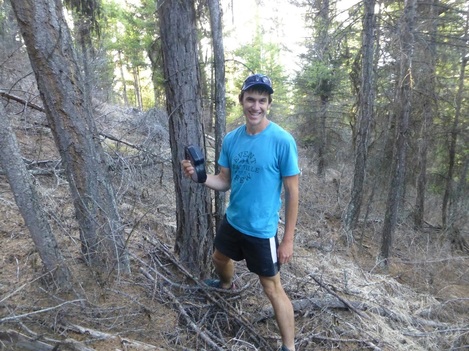
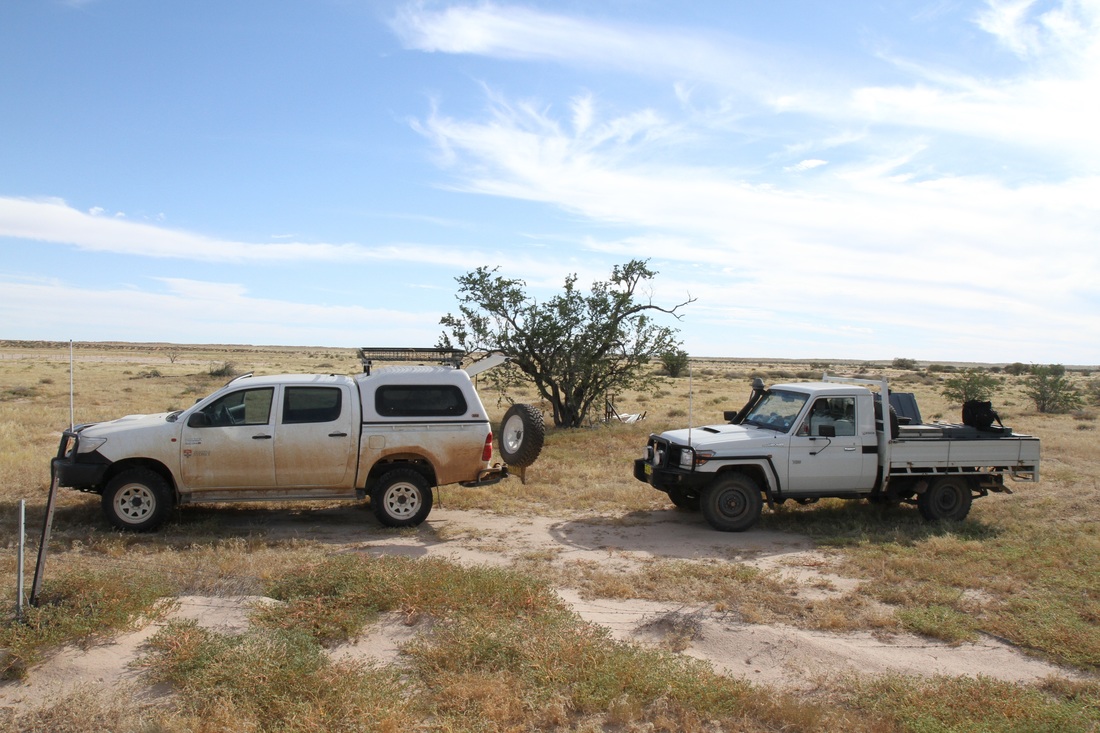
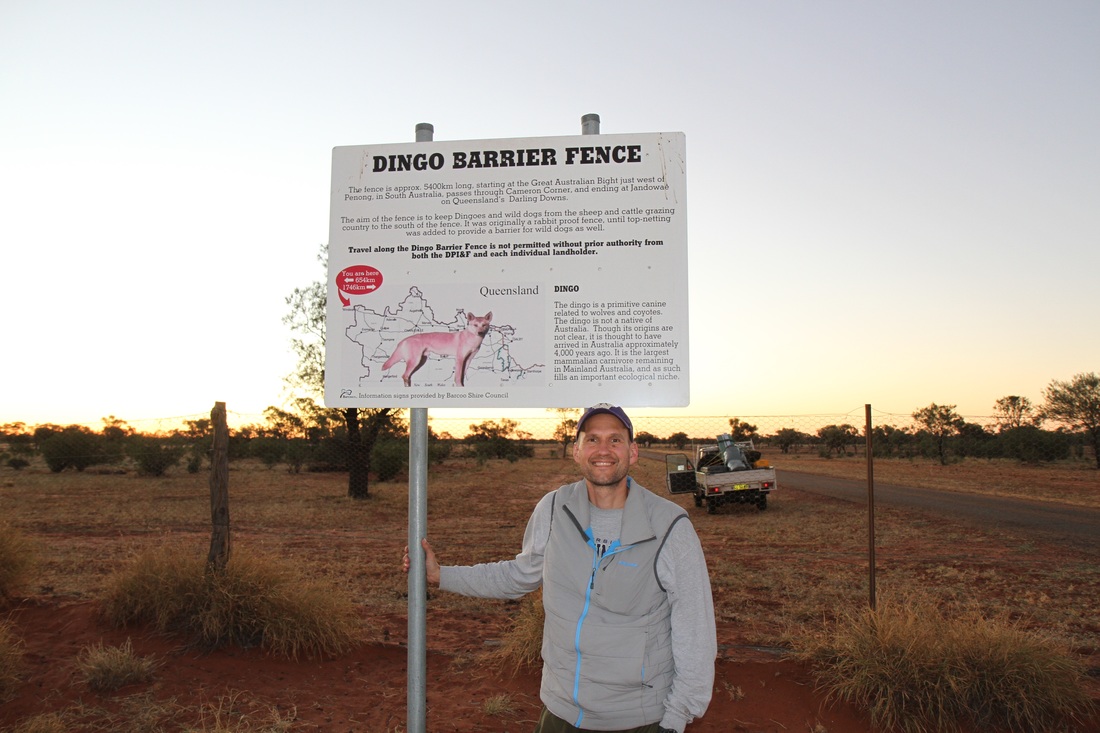


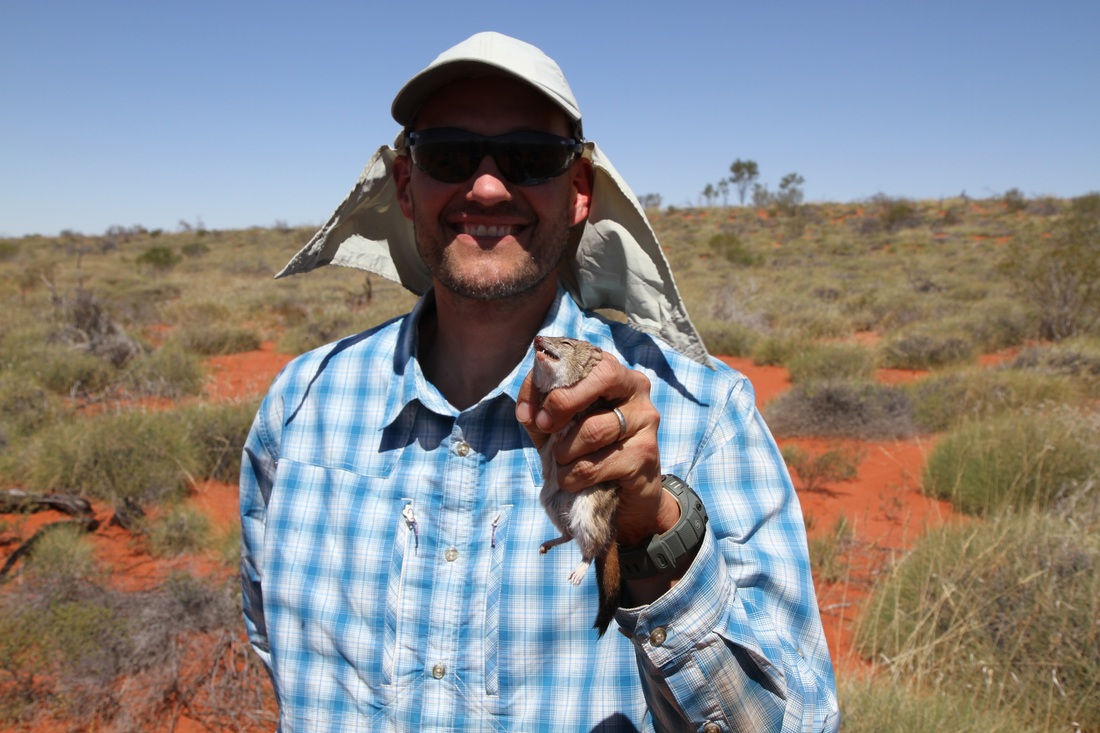

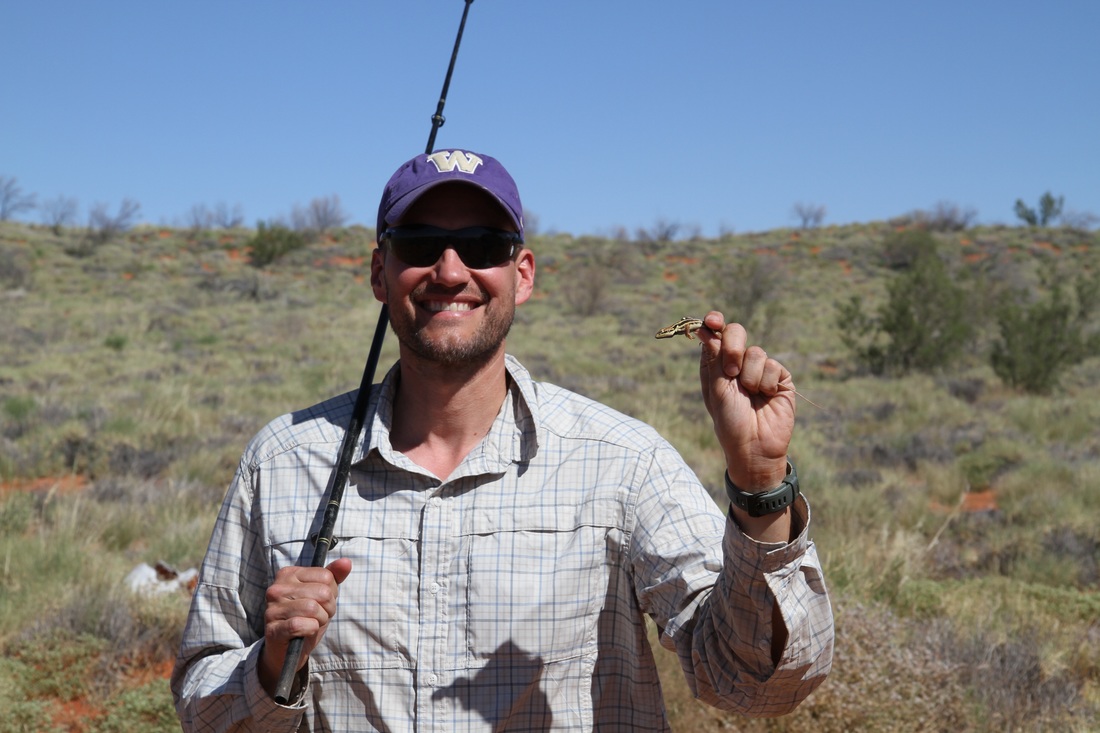
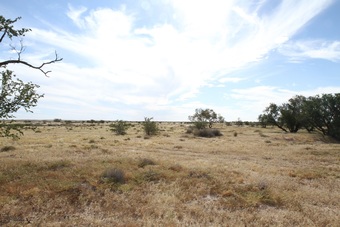
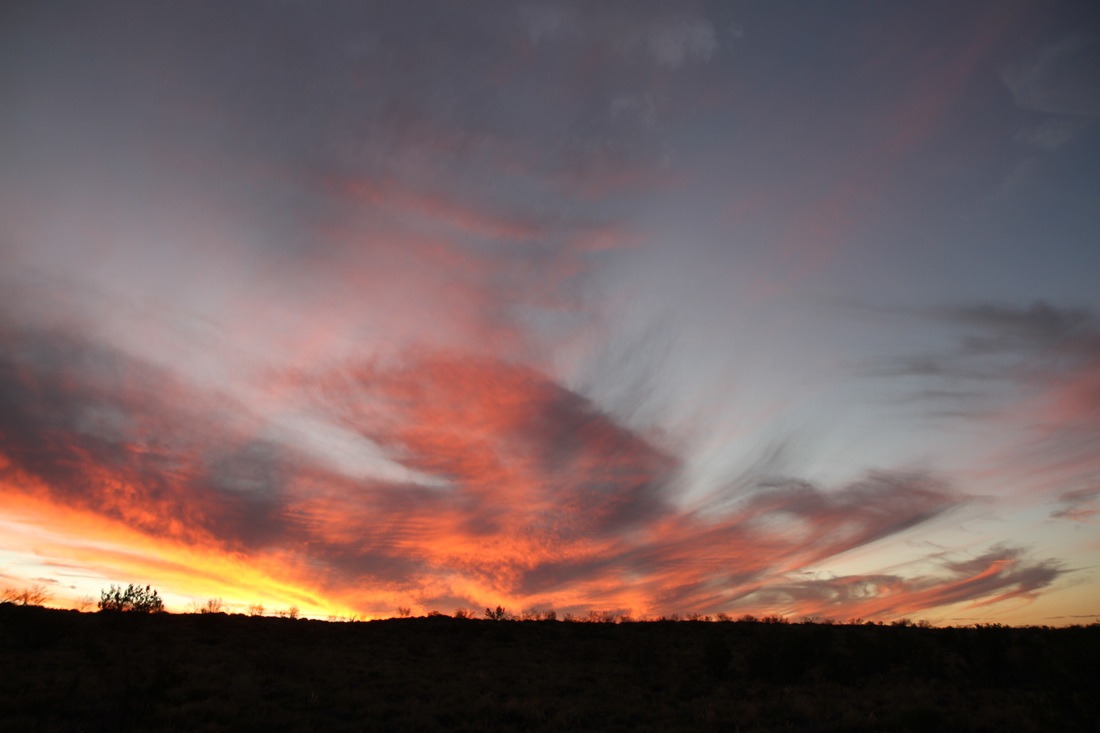
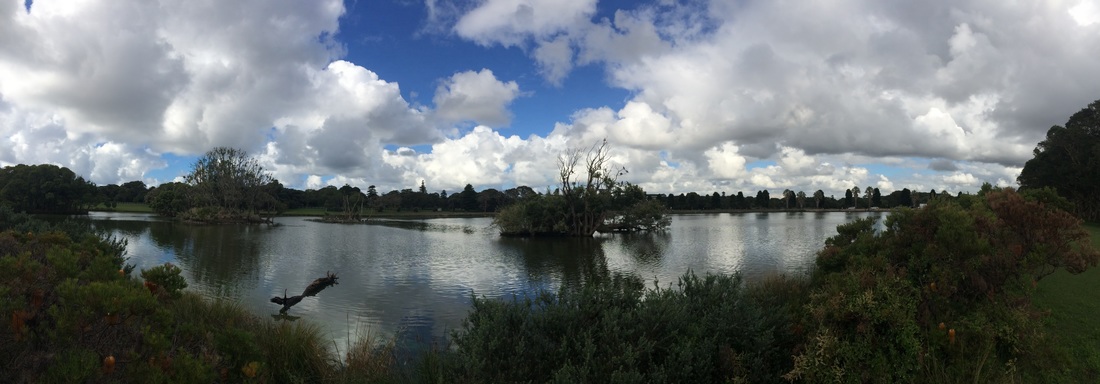
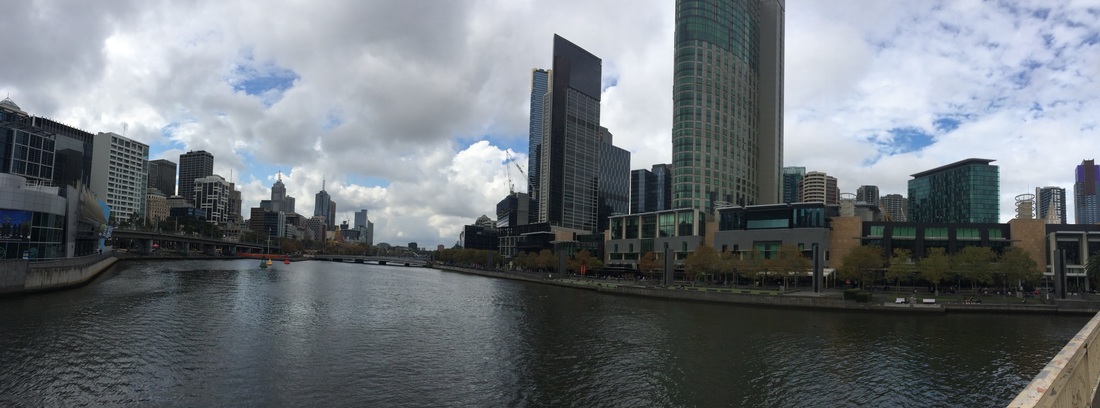
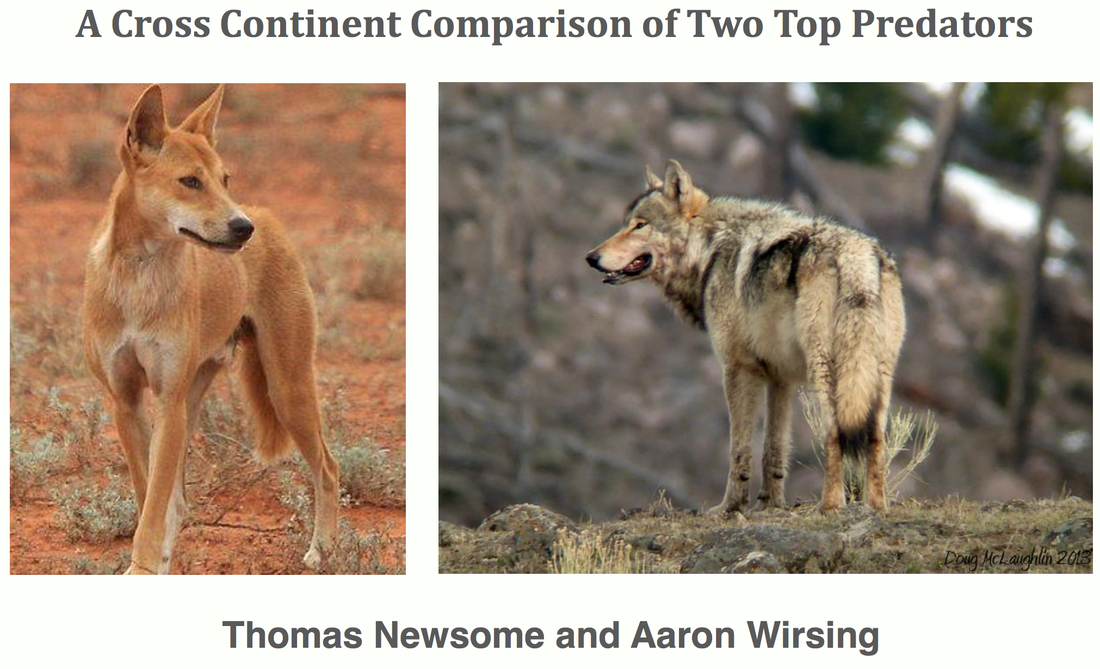

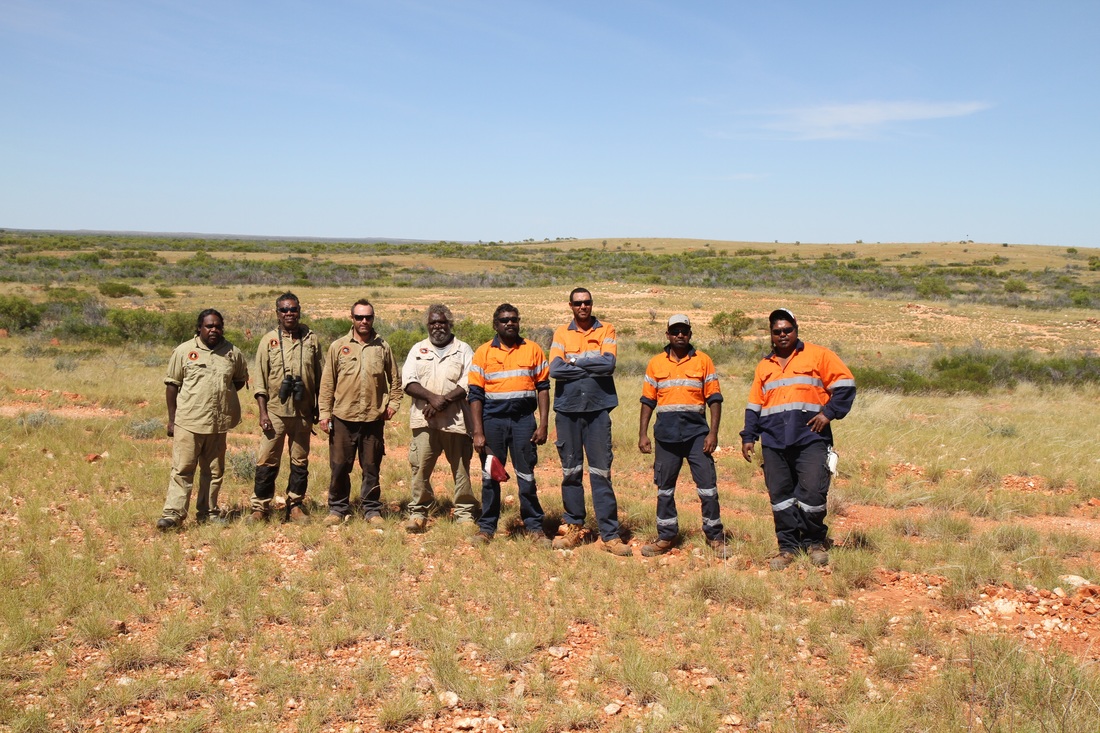
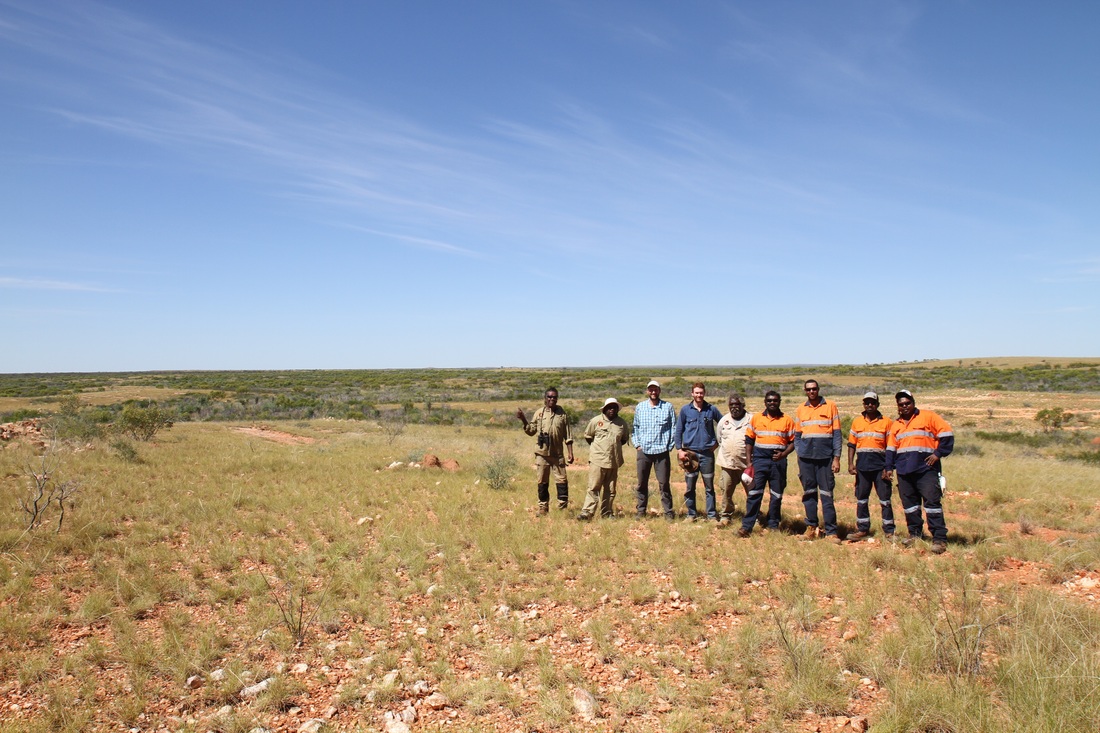
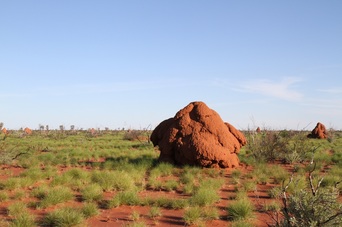
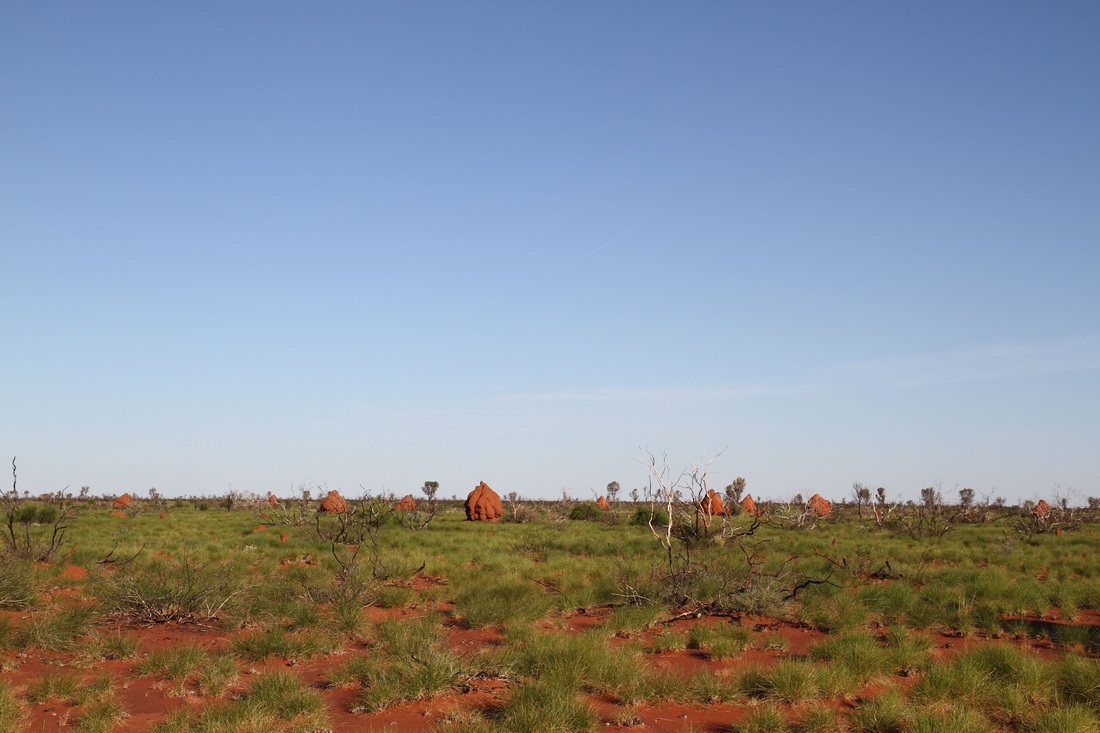
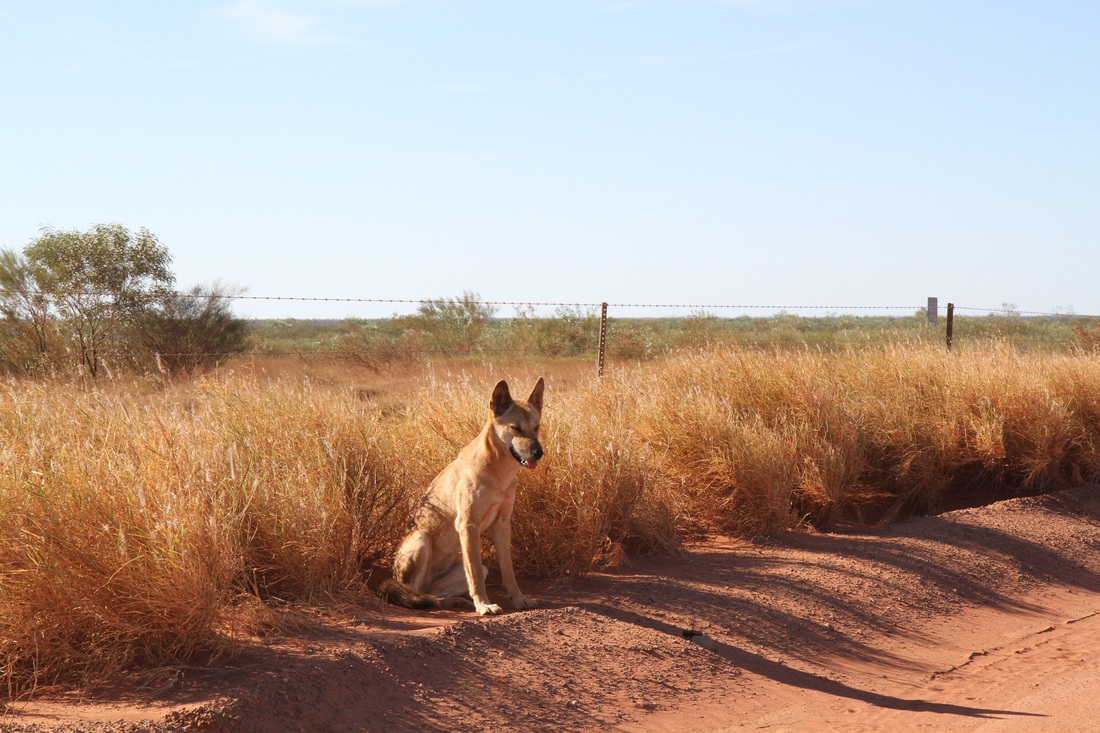
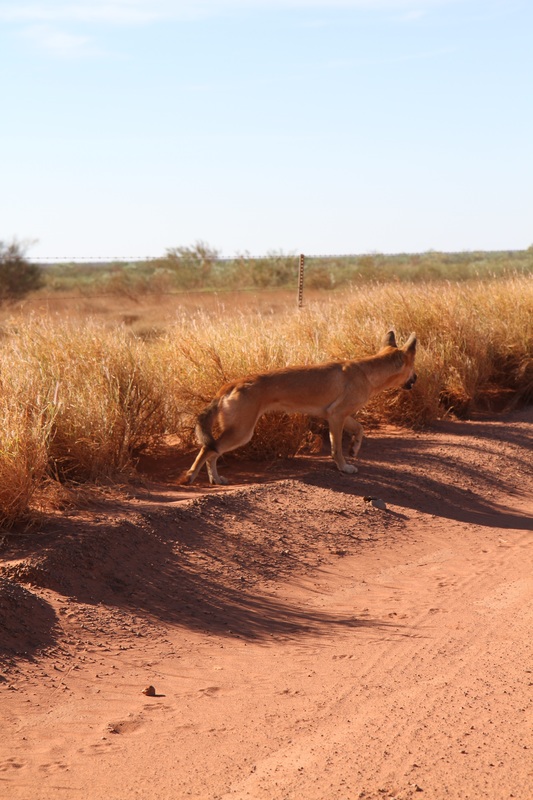
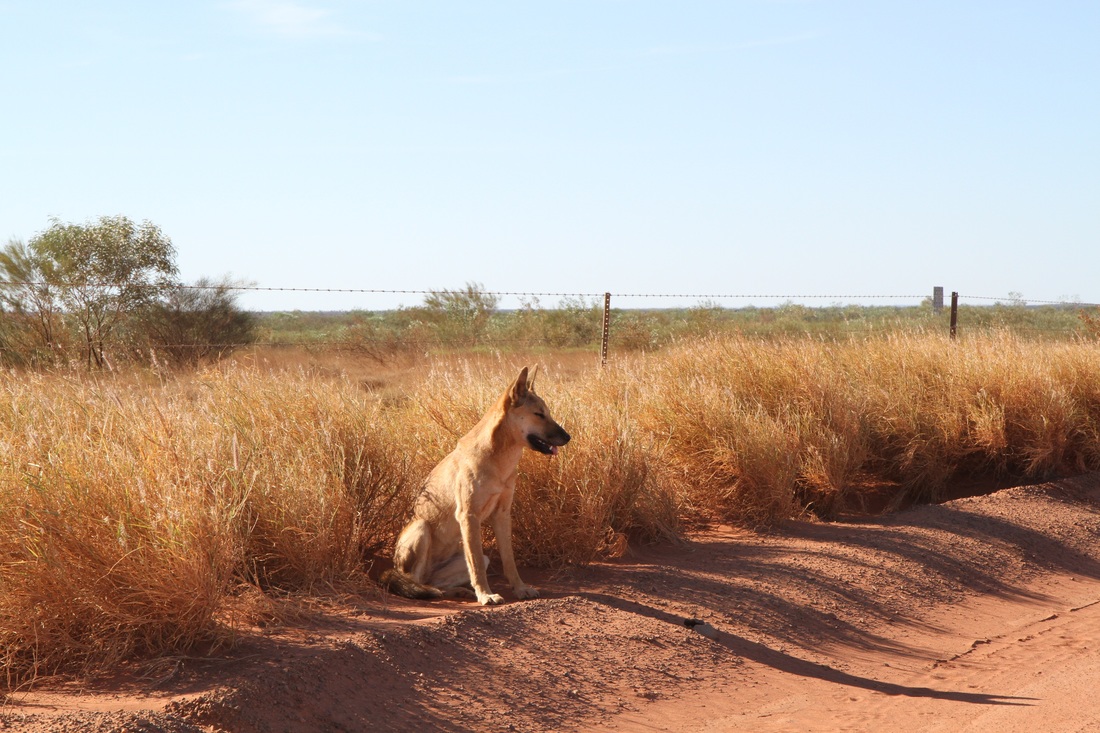
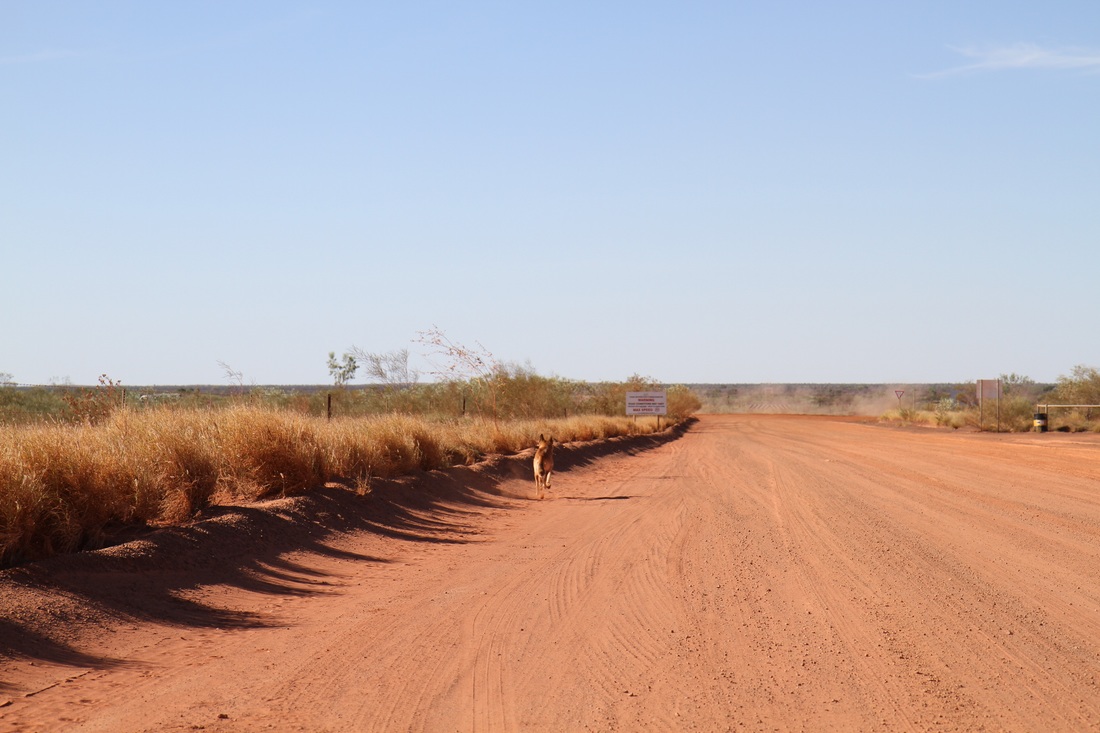
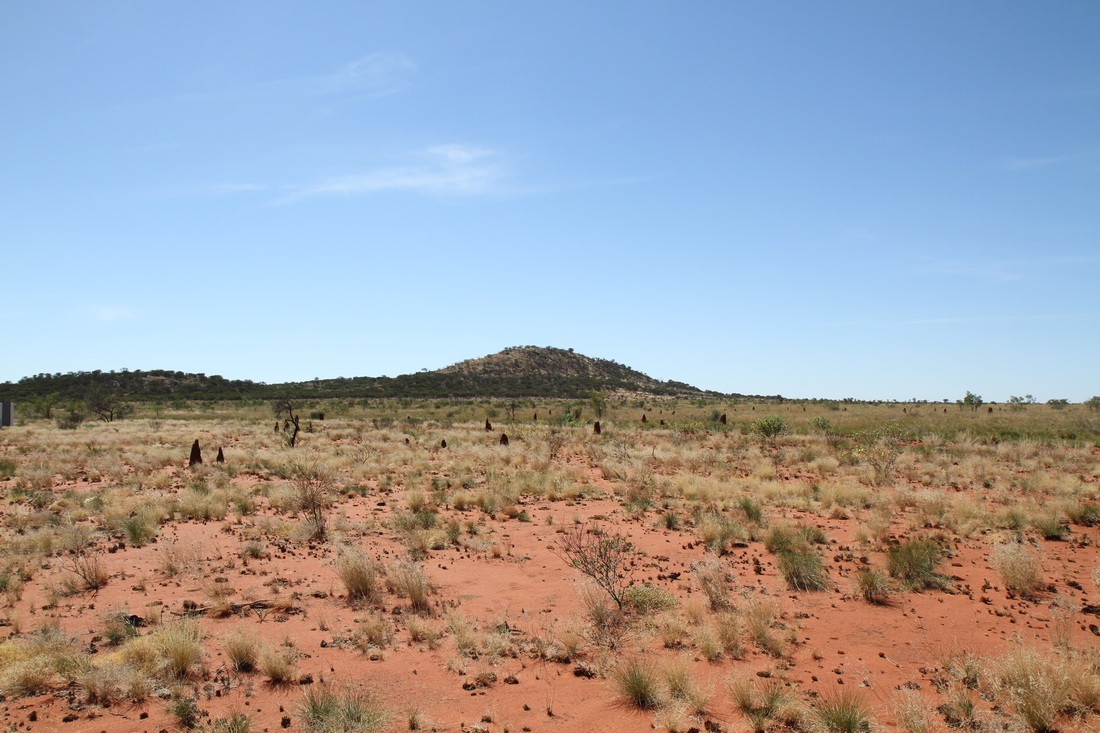
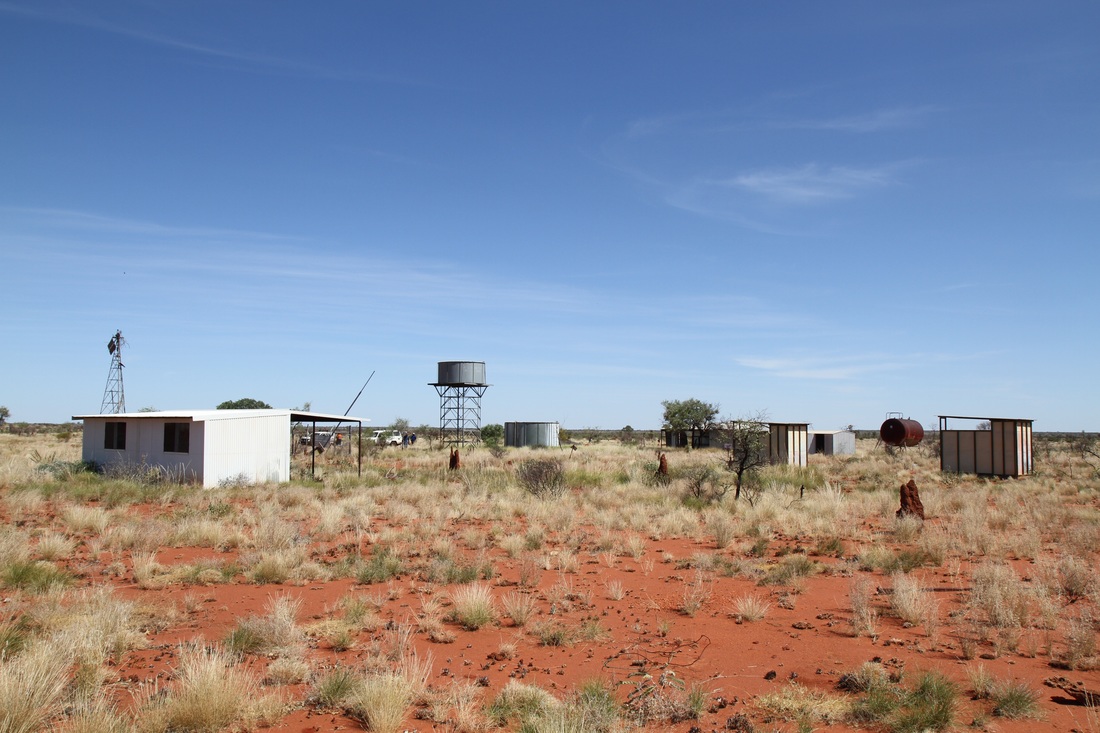
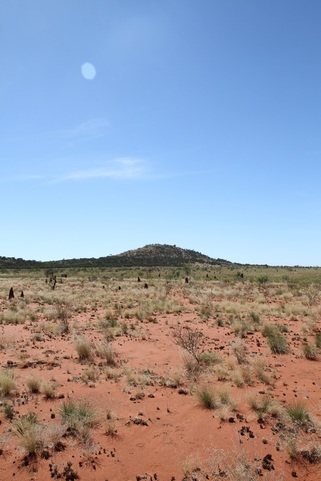
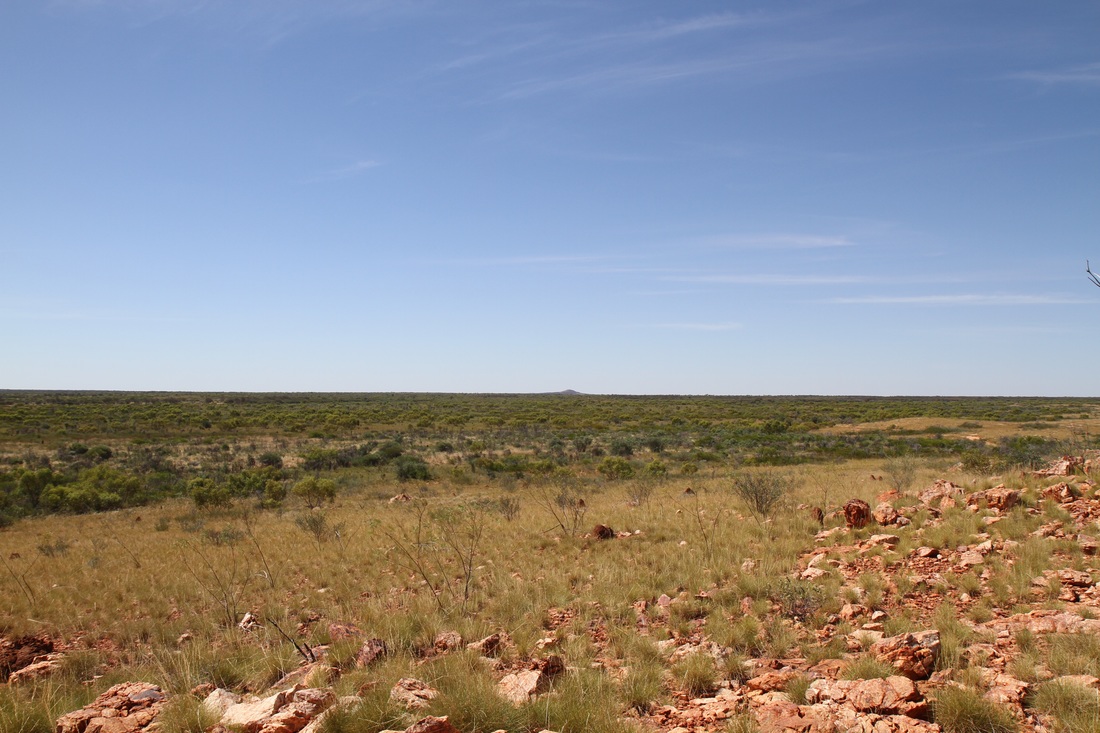
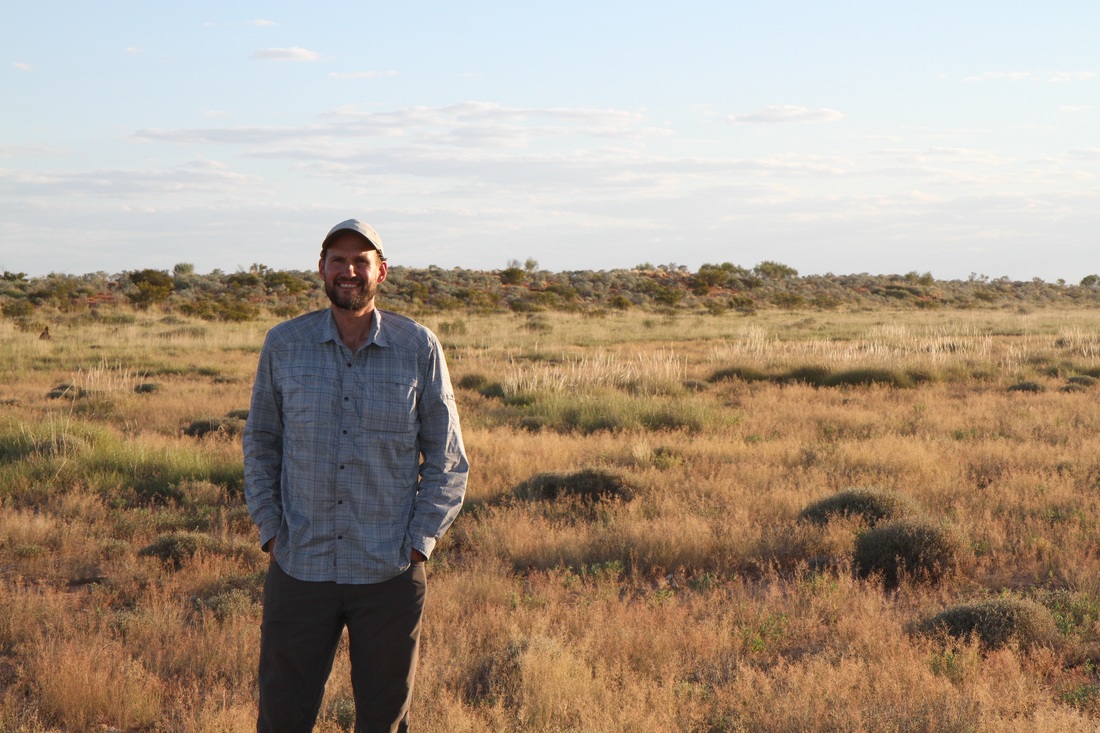
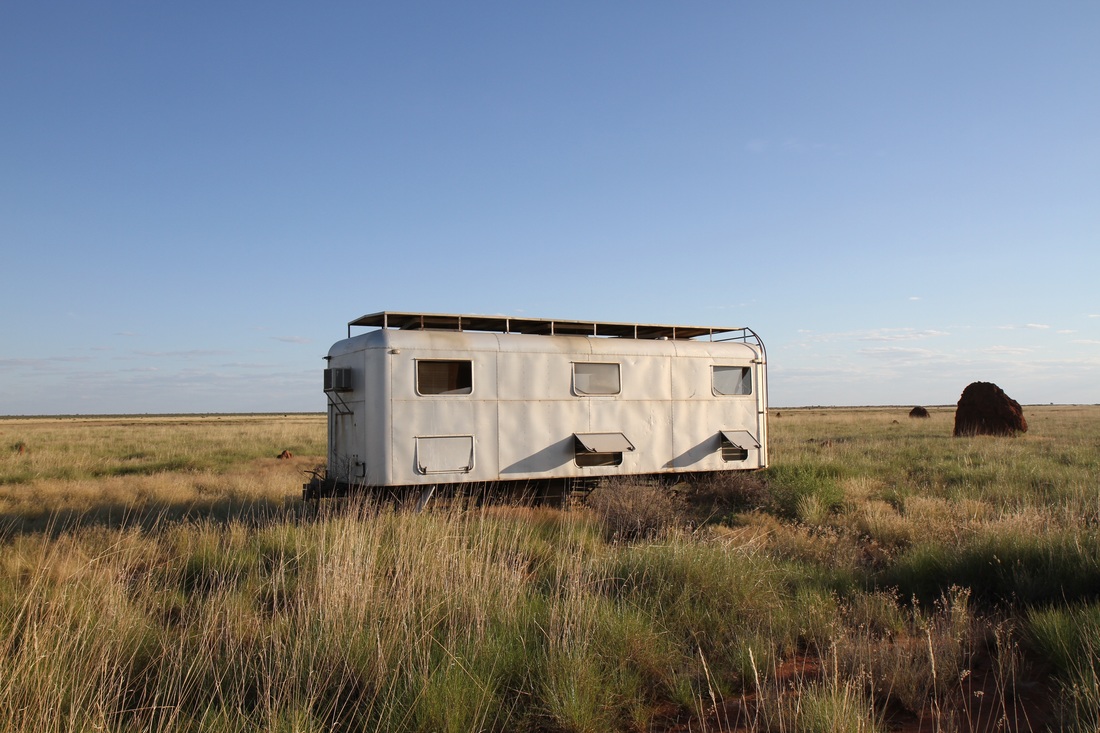

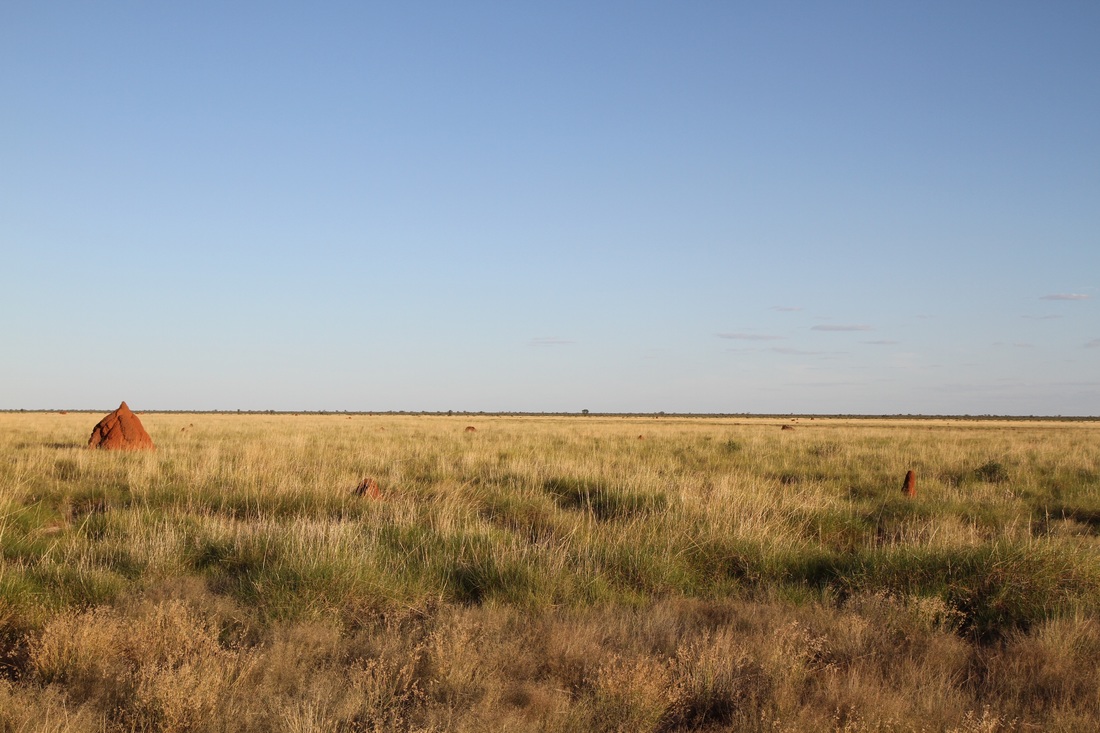
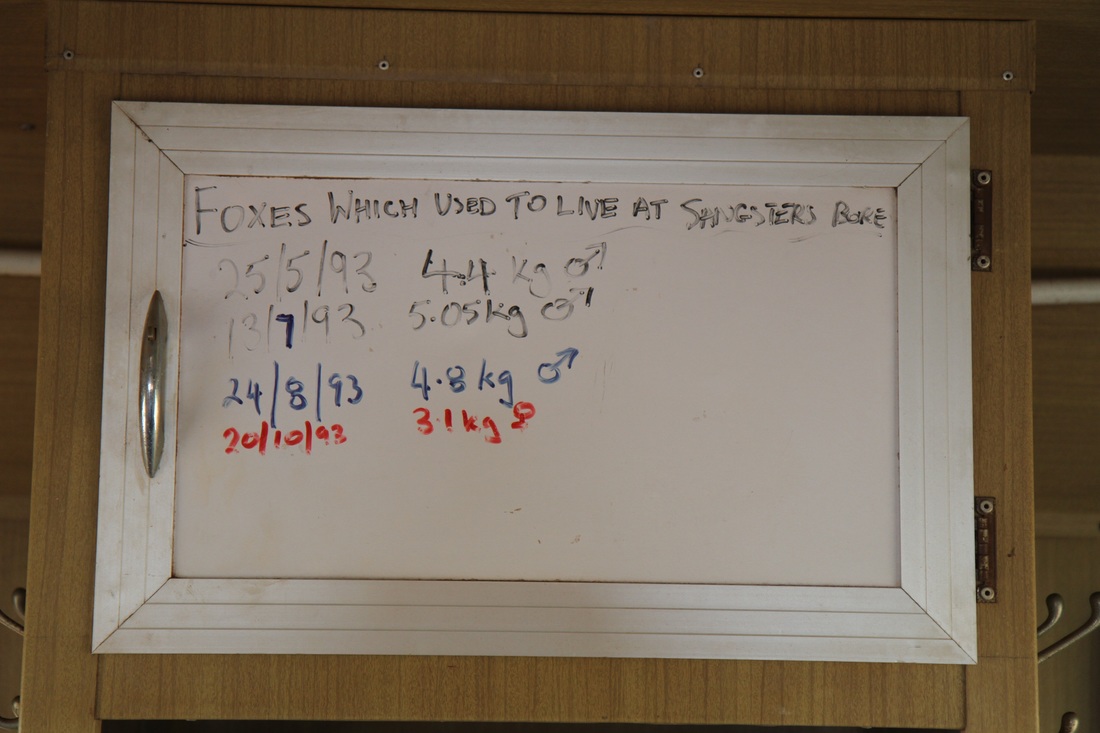
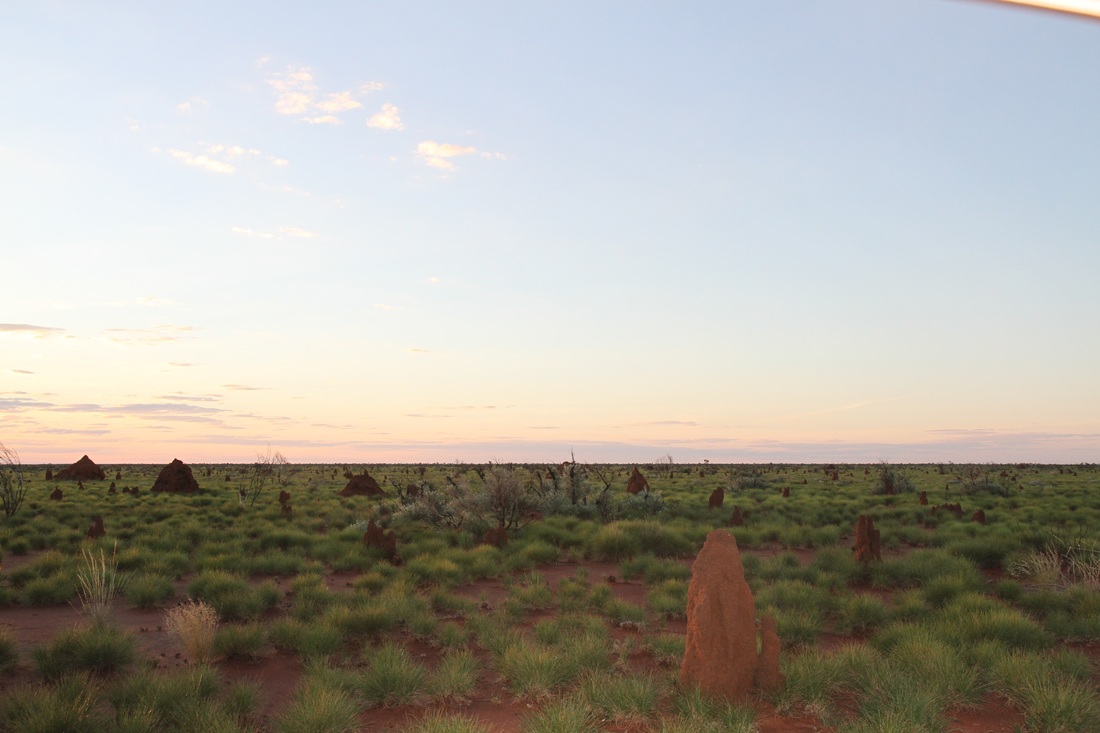
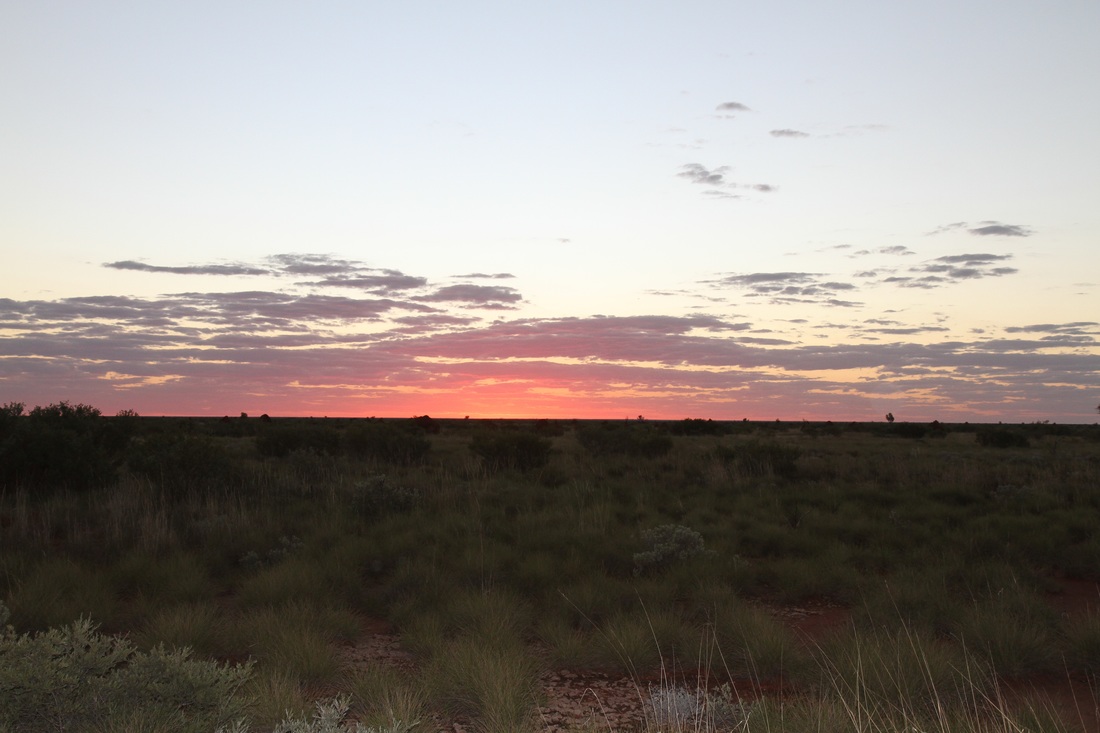
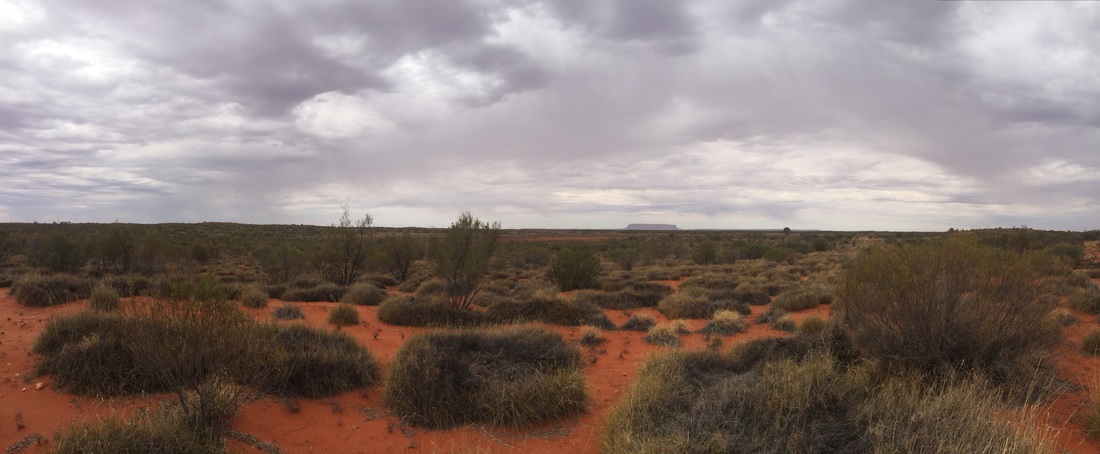

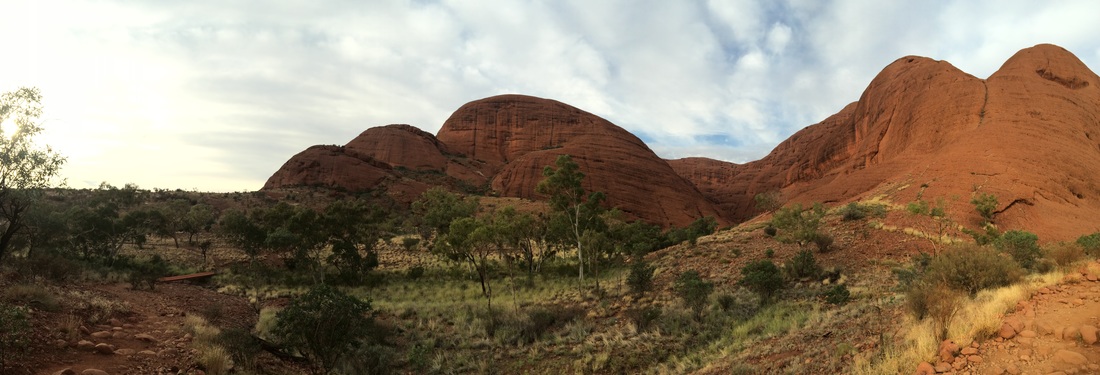
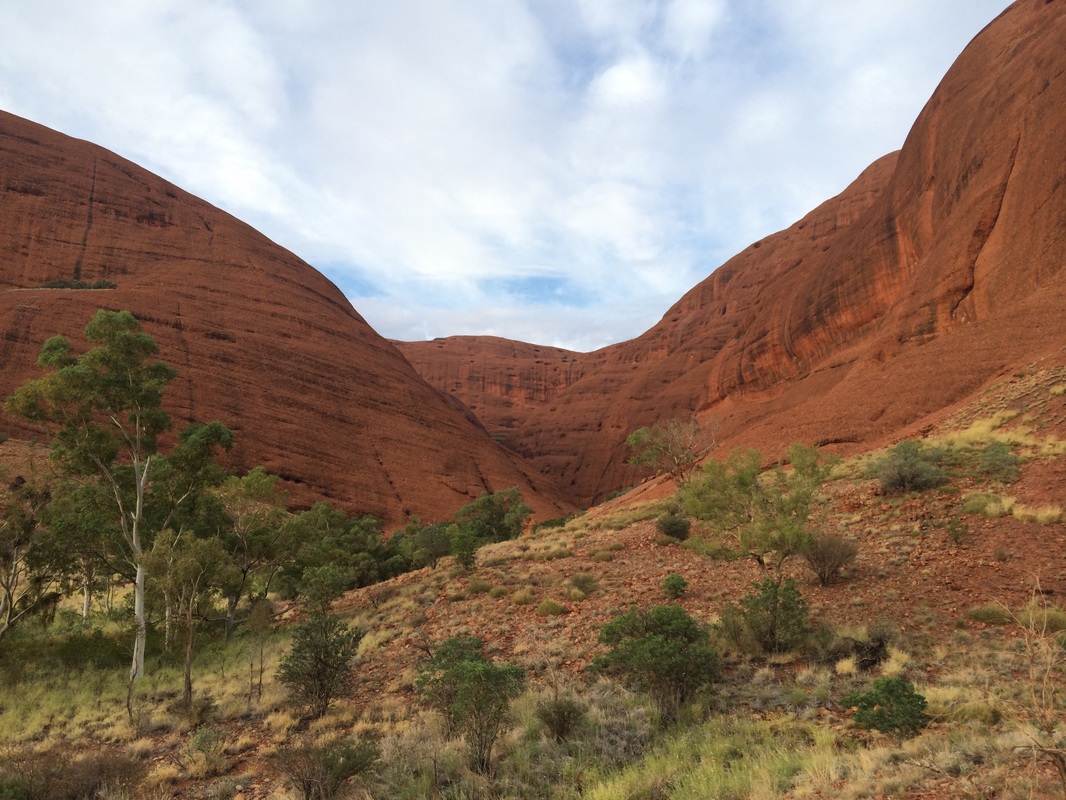



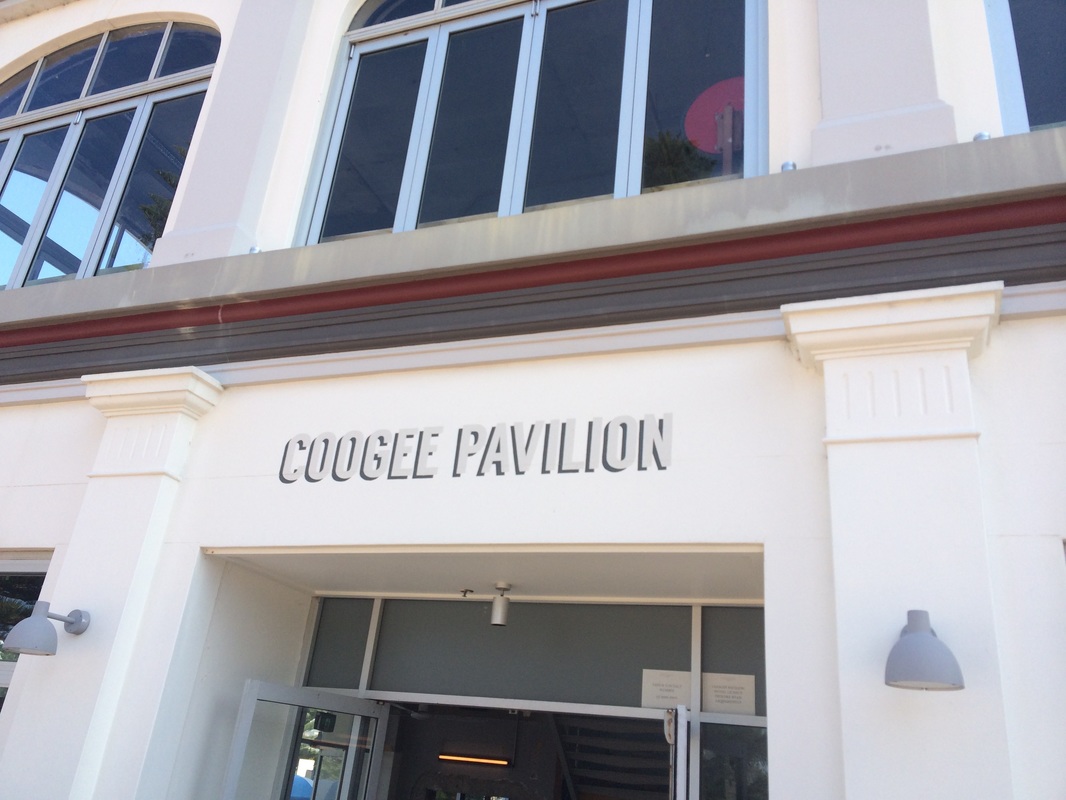
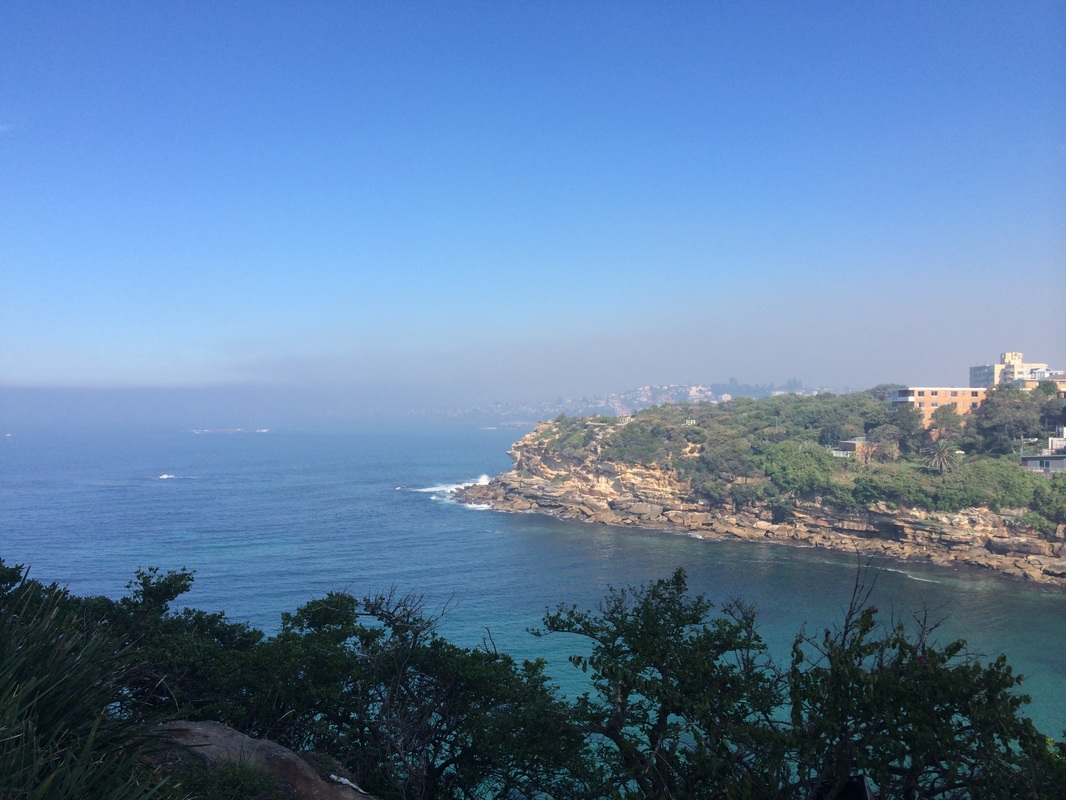
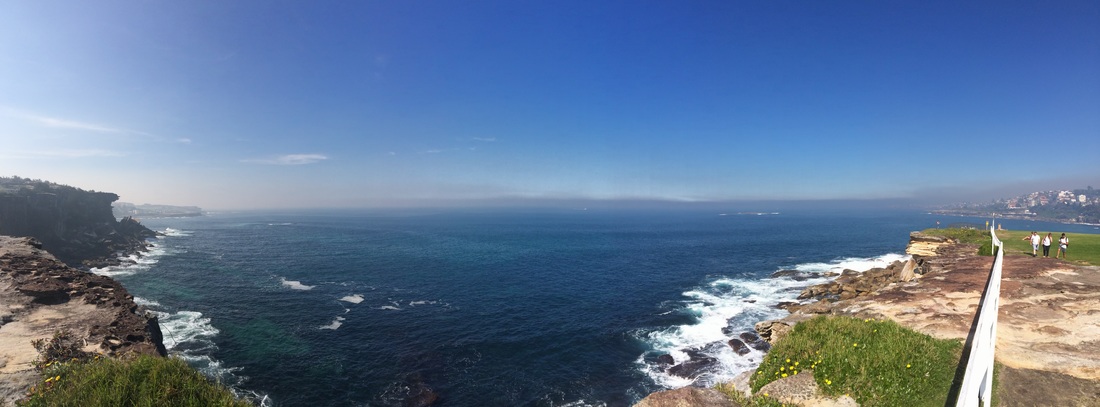
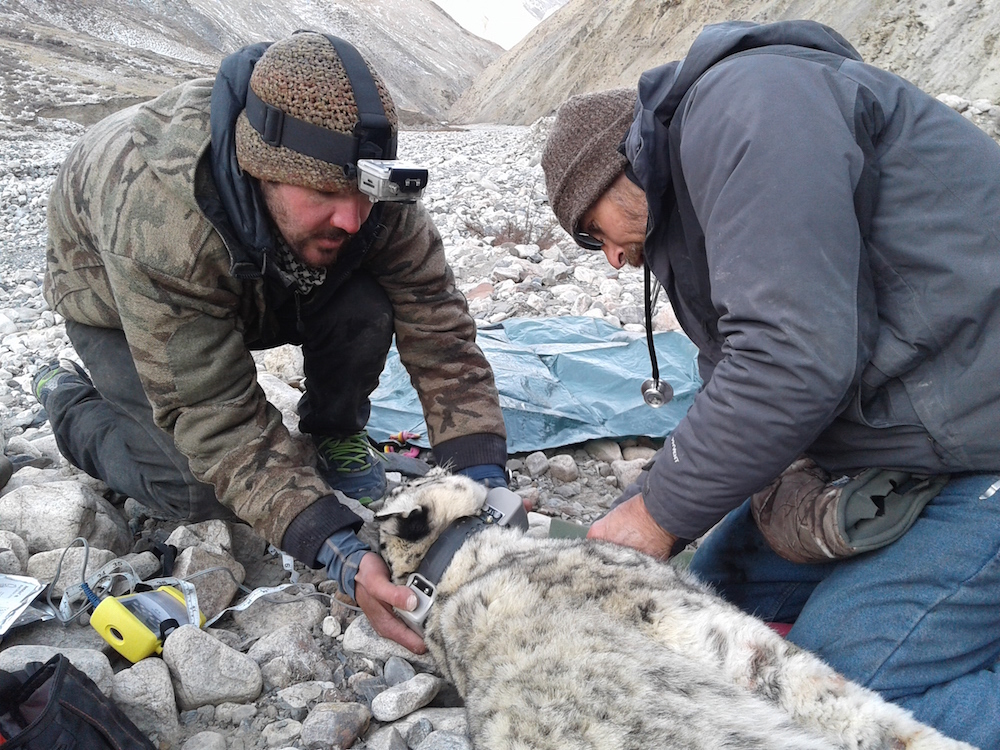
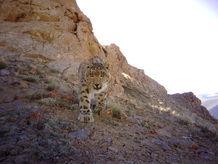
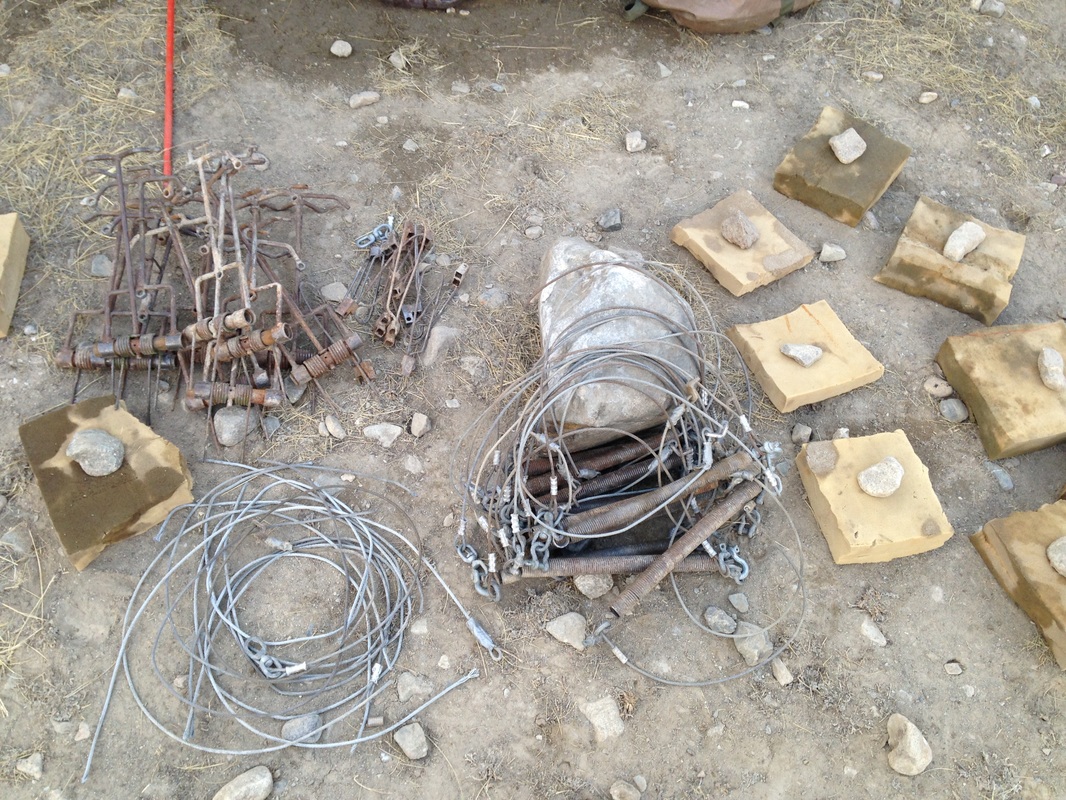

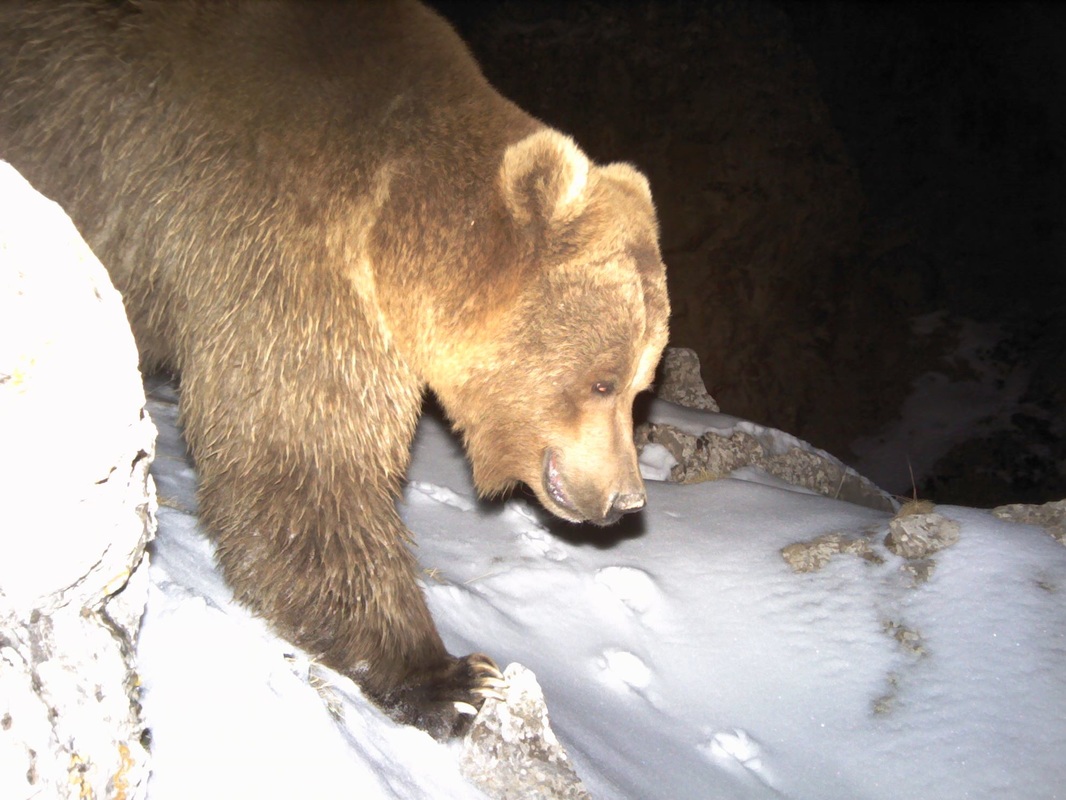
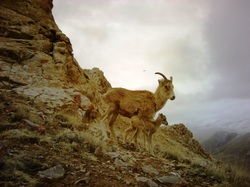
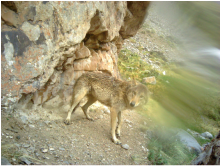
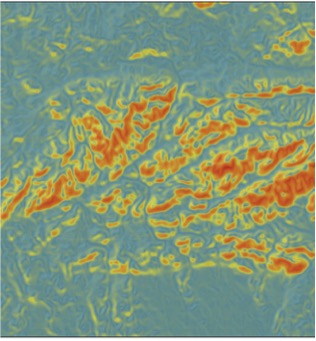

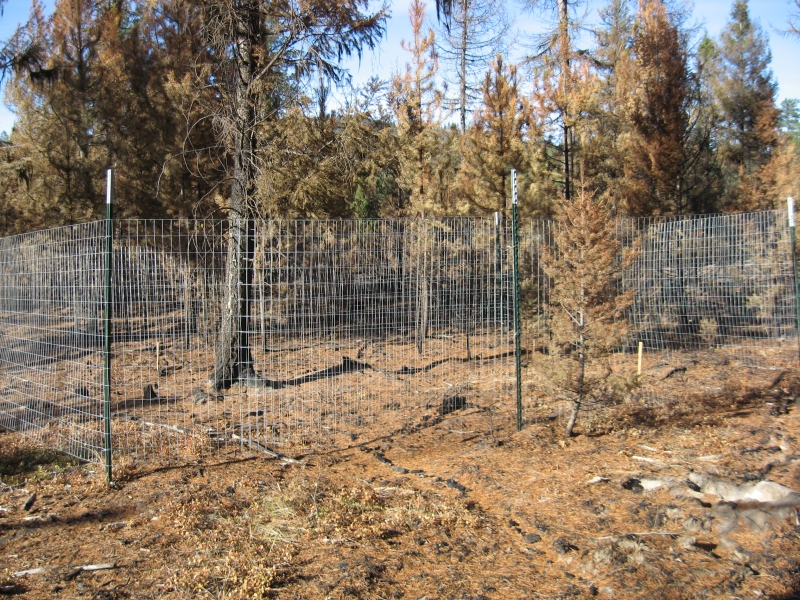
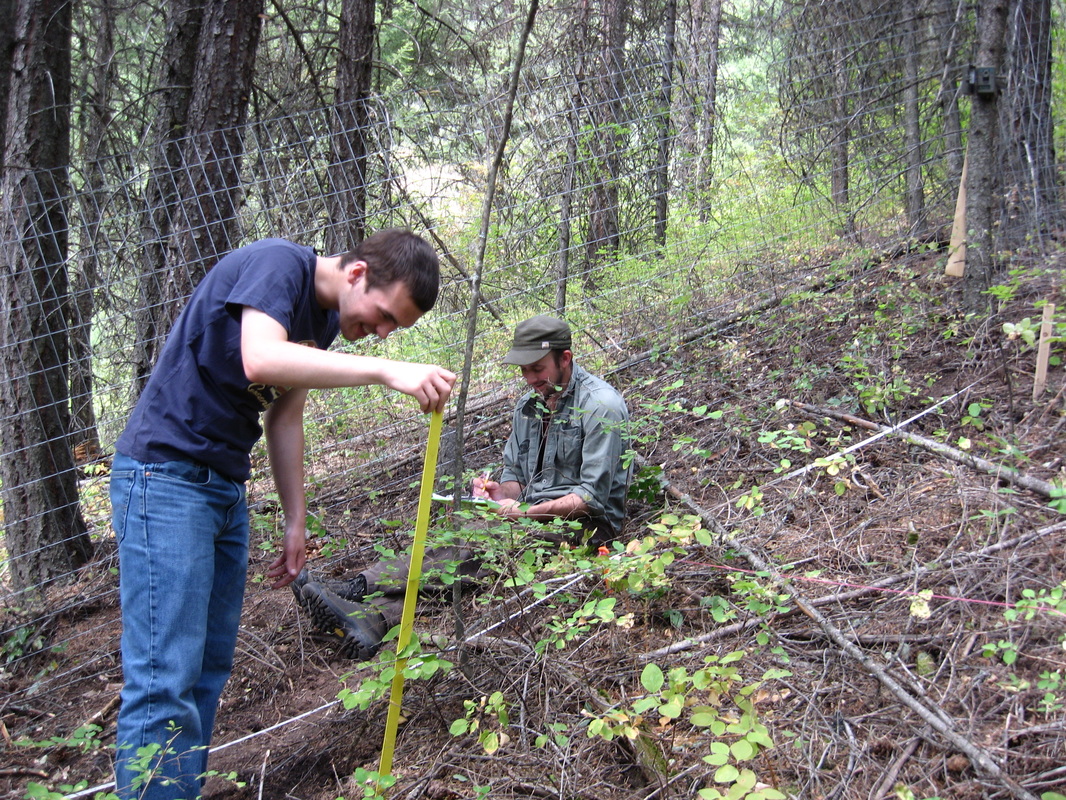
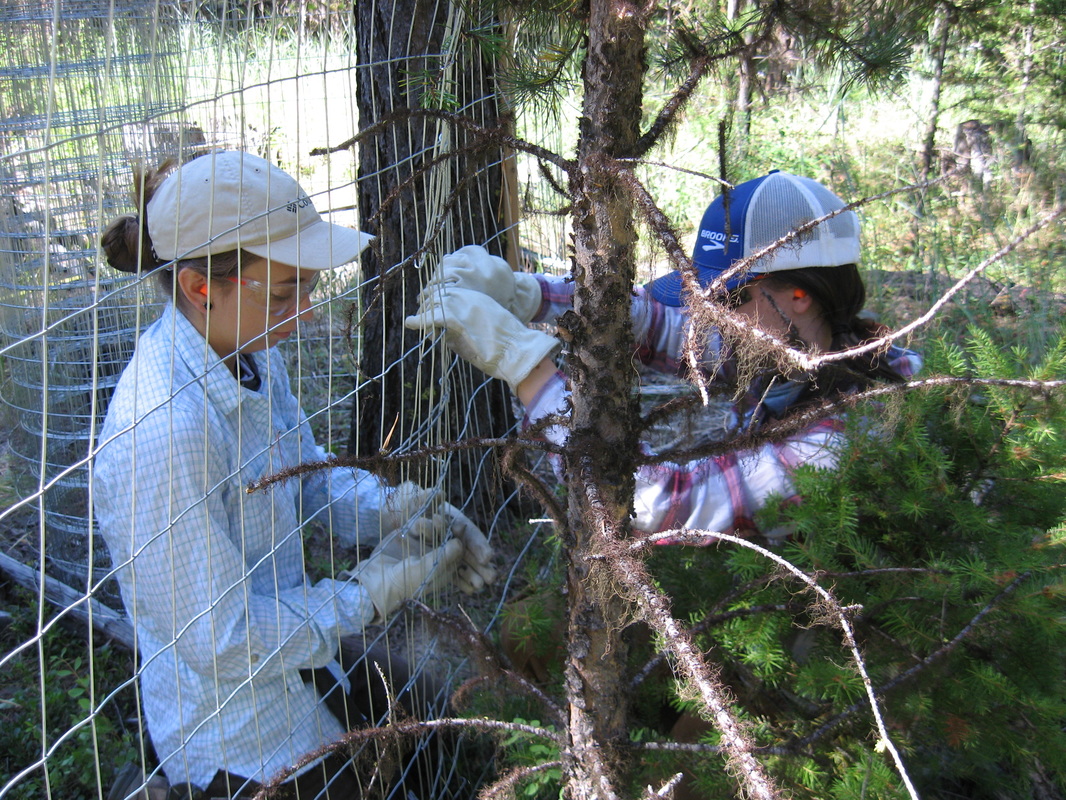
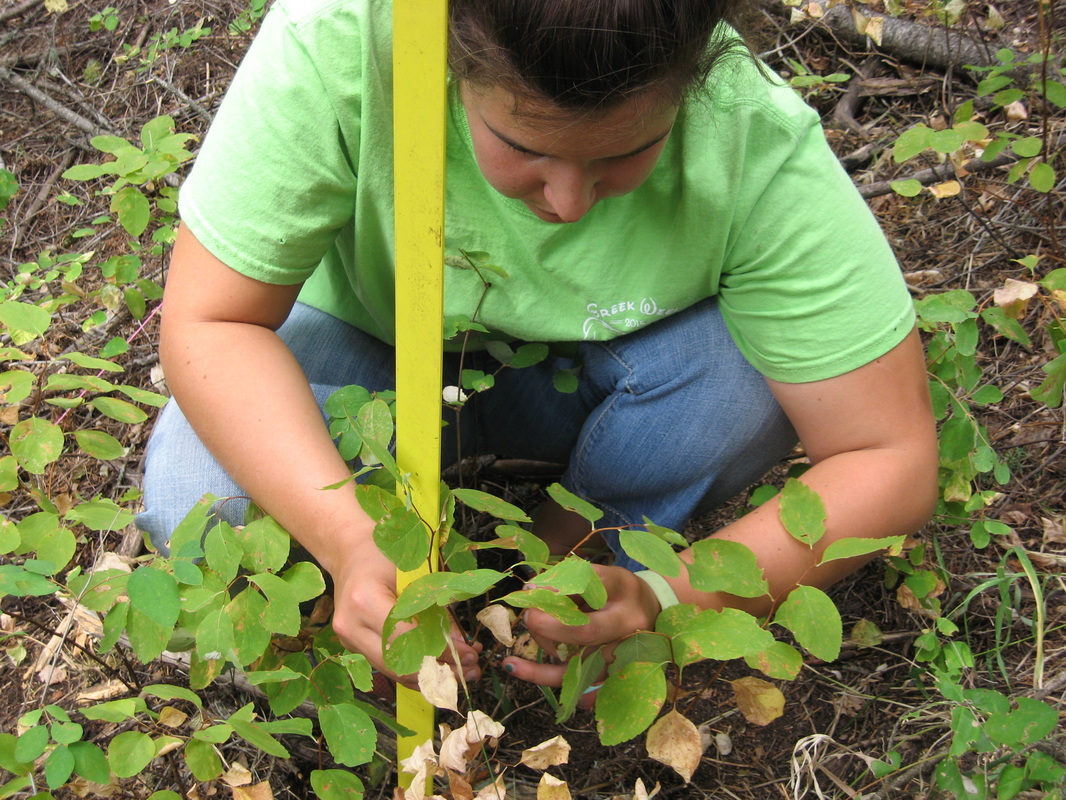
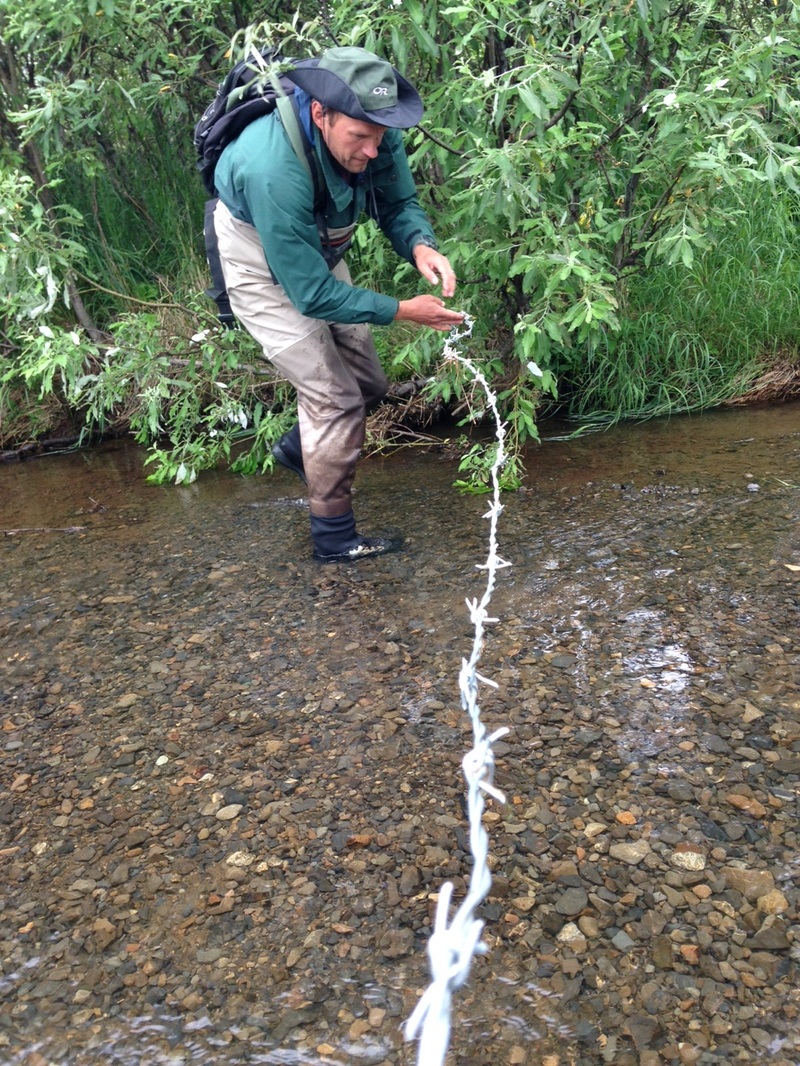

 RSS Feed
RSS Feed